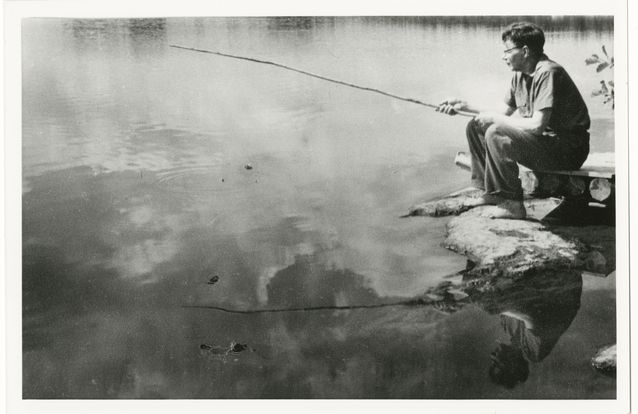Martti Haavio
Martti Henrikki Haavio (writing under the nom de plume P. Mustapää)
Born 22 January, 1899, Temmes. Died 4 February, 1973, Helsinki.
Master of Arts, 1923, Licentiate of Philosophy 1930, Doctor of Philosophy, 1932, University of Helsinki
Docent, Finnish and comparative folklore studies, 1932, University of Helsinki
Poet and folklore researcher.
Archivist, Finnish folklore collection, 1931–34, Director, 1934–48, Manager, 1948, Finnish Literature Society.
Clerk, literary division, 1924–31, 1941–46, Director of Literature 1946–51, WSOY publishing house.
Acting Professor of Finnish and Comparative Folklore Studies, 1947–49, and Professor 1949–56, University of Helsinki.
Member, Academy of Finland, 1956–69
President, Student ‘nation’ for Finland Proper, 1923–24, 1927–28, Inspector, 1951–56 and honorary member, 1966
Member, Kalevala Society, 1933, working member, 1941, and Honorary Member, 1969
Deputy-member, Finnish Academy of Science and Letters, 1933, and Member, 1947–49
Chairman, Finnish Society for the Study of Religion, 1963–69
Correspondent member, Ôpetatud Eesti Seltsi–The Learned Estonian Society, 1938
Member, Litterarum Societas Esthonica, 1938
Member, Kungl. Gustav Adolfs Akademien för svensk folkkultur (‘King Gustaf Adolf’s academy for Swedish folk culture’), Uppsala, 1953
Involvement on boards of various learned societies and foundations.
Photo: Suomalaisen Kirjallisuuden Seura
Written by Riitta-Ilona Hurmerinta
Translated by John Calton

